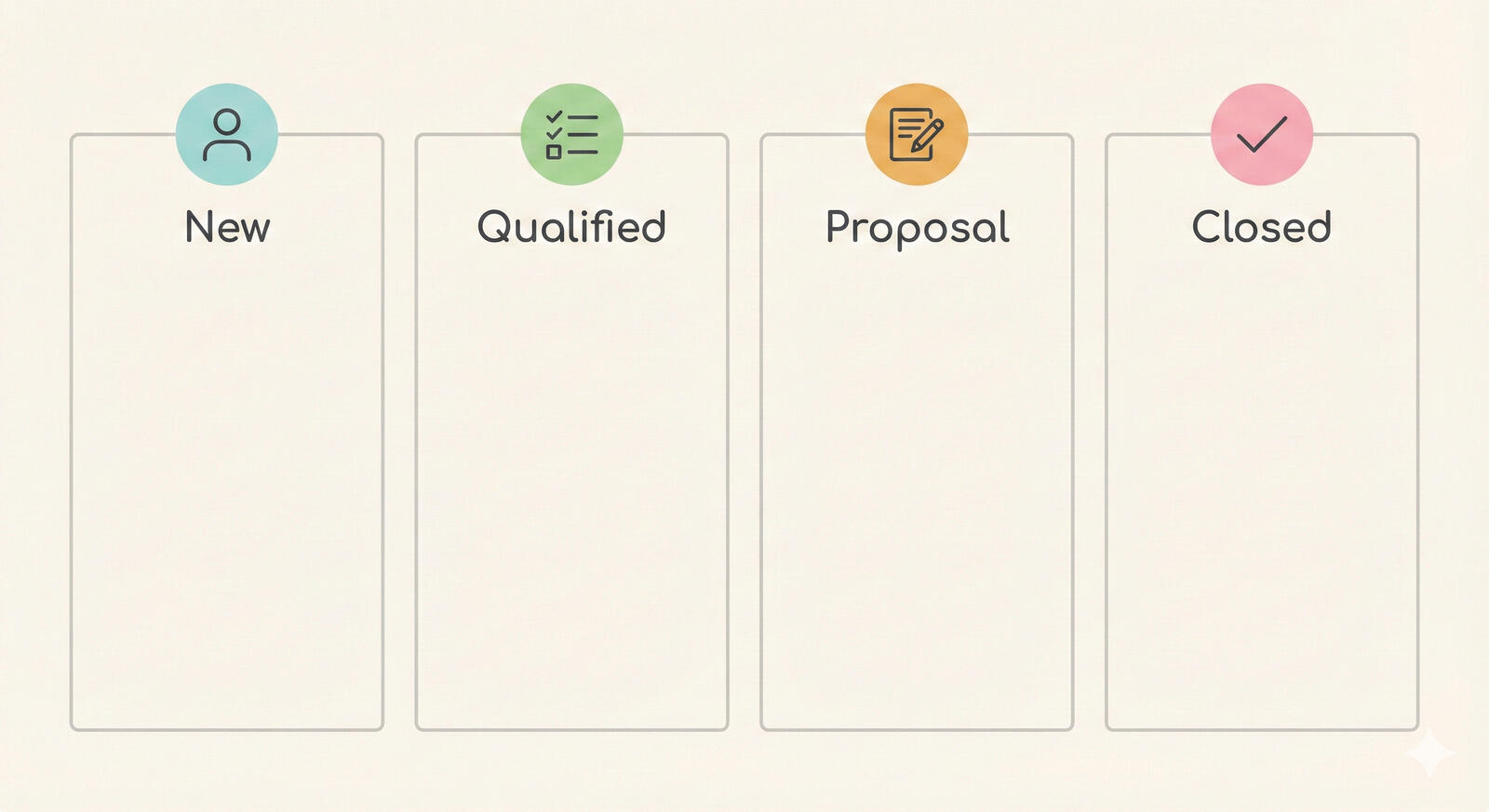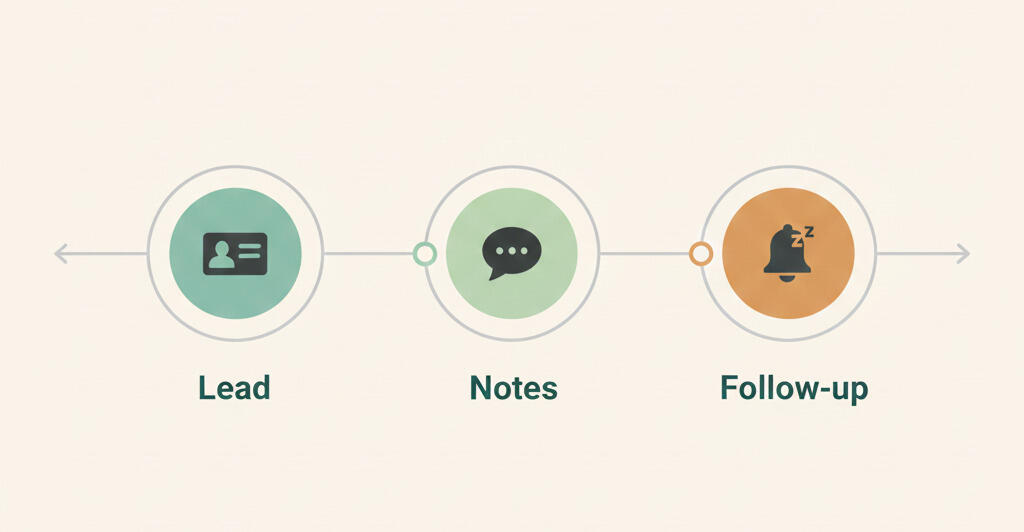10 common project risks and how to manage them
Contents
- The importance of risk management in project management
- Common types of project risks (and how they affect your work)
- How to identify potential risks in your project
- How to tell which risks need action
- Smart ways to handle project risks
- Learn from project risks to improve future outcomes
- Final thoughts on handling risk in project management
Most projects don't fail all at once. They go off track slowly through vague timelines, missed handoffs, and assumptions no one questions. One effective way to maintain clarity and direction is by establishing a clear project roadmap. A well-structured roadmap helps teams align on goals, timelines, and responsibilities, reducing the likelihood of misunderstandings and delays. If you're managing a project without considering risk, you're already one step behind.

This article explores practical project risk management. You'll learn how to identify risks early, understand the most common project risks teams face, and apply strategies to reduce their impact before they grow.
The importance of risk management in project management
Budget overruns remain one of the most persistent risks in project management. Even with detailed planning, unexpected changes in scope, inaccurate estimates, or shifting resources can quickly throw financials off track. According to the PMI's Pulse of the Profession report, around 50% of projects end up over budget, highlighting just how common and costly unmanaged risks can be.
Risk management in project management isn't about being negative. It's about staying prepared so your team can work with fewer surprises. It's also one of the key success factors that separates strong project teams from those constantly in crisis mode.
Done right, it helps you:
- Spot issues before they snowball
- Align expectations with stakeholders
- Protect your timeline, budget, and team focus
Common types of project risks (and how they affect your work)
Not every project risk is the same. Some risks are rare, while others show up again and again, no matter the project type or industry. These common types of project risks are the ones your team should expect and prepare for by default.
Schedule risk in project management
Schedule risk happens when tasks take longer than planned, timelines slip, or deadlines don't match reality. Even one late task can delay dependent work and stall progress.
The effects go beyond timing. Delays often lead to rushed work, confusion, and team frustration. If schedule risk isn't managed early, it can throw off your entire project plan and affect delivery quality.
Cost risk and budget overruns
Cost risk can sneak in when initial estimates are too low, scope expands mid-project, or resources change unexpectedly. Even small shifts can tip a project over budget.
This often leads to tough trade-offs. Teams might need to ask for more funding, cut corners to stay on track, or delay key milestones.
Scope risk (a common project risk)
Scope risk—also known as scope creep—happens when a project expands beyond its original plan without adjusting the timeline or budget.
It can quietly derail a well-planned effort. As new features or requests pile on, your team loses focus, and the original goals get harder to reach.
Resource risk: time, skills, and capacity gaps
This type of risk shows up when your team doesn't have enough time, tools, or the right mix of skills to complete the project.
It's common with small teams to have multiple efforts. Overlap, burnout, or missing expertise can stall progress and stretch your project schedule thin.
Communication risk and collaboration issues
When teams work in silos or expectations aren't clear, communication risk creeps in. Updates get missed, work gets duplicated, and deadlines slip.
Even one misunderstanding can create confusion that sets the entire project back. Clear, consistent communication is key to avoiding these issues.
Technology risk in digital project environments
Technology risk includes bugs, failed integrations, unreliable tools, or systems that don't work well together.
This risk often hits remote teams and software-heavy projects hardest. Without solid tools and testing, basic tasks can break down and cause major delays.
External risks and outside factors
Some project risks come from the outside. These include supply chain issues, legal changes, or disruptions like weather or power outages.
You can't control these risks, but you can plan for them. A good contingency plan helps you absorb the impact without derailing the project.
How to identify potential risks in your project
You can't prevent risks you don't see. These hands-on techniques help you identify potential risks early so you can address them before they escalate.

1. Write the project and scope in detail
Start with the basics: review and write your project scope, timeline, and resource plan. Look for vague requirements, unclear assumptions, or shaky dependencies. Even small oversights at this stage can turn into major project risks later.
A checklist can help, or run a quick risk identification session during your project kickoff to catch early warning signs.
2. Involve stakeholders in risk identification
Stakeholders bring a different lens to risk identification. They're more likely to flag potential risks related to customers, regulations, or business strategy.
Ask early, not halfway through the project. The sooner you align with your stakeholders, the easier it is to avoid surprises down the road.
3. Use lessons from past project management risks
Past projects are full of insights. Look at post-mortems, retrospectives, or reports from similar efforts. What risks showed up before? What went wrong, and what could have been prevented?
A quick review can save your team from repeating mistakes and improve how you manage project risk moving forward.
4. Apply SWOT and other risk management techniques
Tools like SWOT analysis help teams surface internal and external risks through structured discussion. SWOT stands for strengths, weaknesses, opportunities, and threats.
By talking openly about what might hold your team back, you can identify potential risks and take early action to reduce them.
How to tell which risks need action
Once you identify risks, the next step is figuring out which ones actually matter. Not every potential risk needs the same level of time or planning. That's where a project risk assessment comes in.
A simple but effective method is to use a risk matrix. It compares two things:
- How likely the risk is to happen
- How big the impact would be if it does
This helps project managers prioritize risks and focus effort where it counts. Here's how the logic works:
- High likelihood and high impact: These risks should be addressed immediately
- High likelihood and low impact: Keep an eye on them but don't overreact
- Low likelihood and high impact: Prepare a backup plan just in case
- Low likelihood and low impact: Note them, then move on
This kind of risk assessment gives you a clearer picture of where to act first and what can wait. It also keeps your team focused, without over-planning for unlikely events.
Smart ways to handle project risks
Once you've identified and prioritized your project risks, it's time to take action. These risk mitigation techniques help reduce the chances of problems or lessen their impact if they do happen.

Build contingency plans for key project risks
Every major risk needs a "what if" plan. If a risk turns into reality, your team shouldn't scramble to respond. A strong contingency plan outlines who owns the issue, what steps to take, and how to keep the project moving.
Clarify this early. When the unexpected happens, your project management response will be calm and clear.
Take action early to reduce potential risk
Many risks can be minimized before they grow. Adjust your project scope, shift deadlines, or redistribute tasks across the project team to close gaps. Small changes now can prevent bigger problems later.
Risk mitigation isn't about reacting under pressure. It's about spotting cracks early and fixing them while it's still easy to do.
Make risk tracking part of your management process
Risk mitigation works best when it's ongoing, not one-time. Use a risk register to track current risks, implementation plans, and status updates. Link it to your project board or management software so it stays visible.
Bring risks into regular check-ins or retrospectives. Reviewing them throughout the project lifecycle keeps everyone aware and aligned.
Create a culture of risk management and awareness
Good risk management isn't a solo job. It works best when it's shared across the project team. As Arnold Glasow said, "One of the true tests of leadership is the ability to recognize a problem before it becomes an emergency." That mindset applies to the whole team, not just the person in charge.
Encourage team members to speak up early, even if the concern feels minor. What starts small can easily grow into something that affects delivery.
Treat risk in project management as a neutral topic. It's not about blame, it's about awareness. Teams that talk openly about risks are better equipped to prevent problems before they happen.
Learn from project risks to improve future outcomes
Every project is a chance to sharpen your approach to risk. After delivery, take time for a structured review focused on project risks.
What worked well? What failed? What signs were missed?
Use that insight to improve your next project plan. Update your risk register, revisit your assumptions, and apply those lessons across future work. The more you learn from each project risk, the better your overall project management will become.
Final thoughts on handling risk in project management
You can't get rid of project risk altogether but you can manage it with clarity and confidence. Experienced project managers know risk is part of every project. What sets good teams apart is when they take action early and how often they review their risk plans.
Instead of treating risk as a failure, treat it as a signal. It's a chance to pause, ask the right questions and adjust your plan before bigger problems show up. Whether you're tracking risks in a simple document or in full project management software, the goal is the same: keep your team aligned, informed and ready to respond.
Managing project risk means more than reacting when things go wrong. It's about building trust, protecting timelines and improving project outcomes over time.








